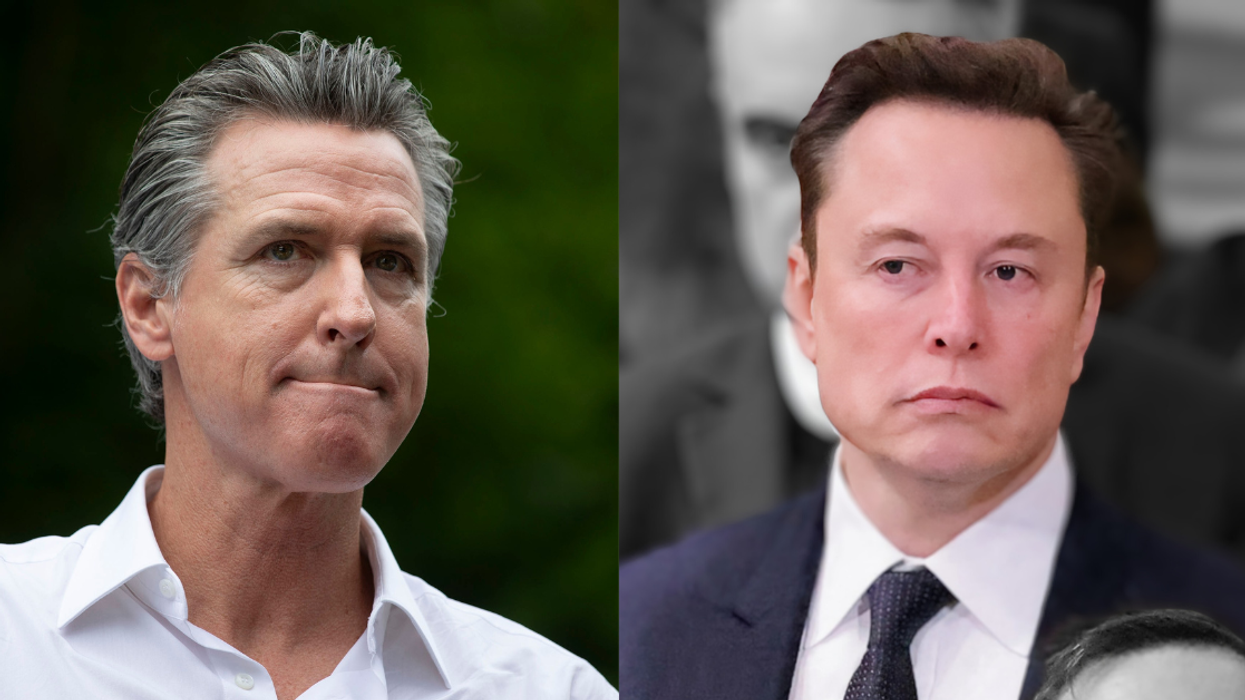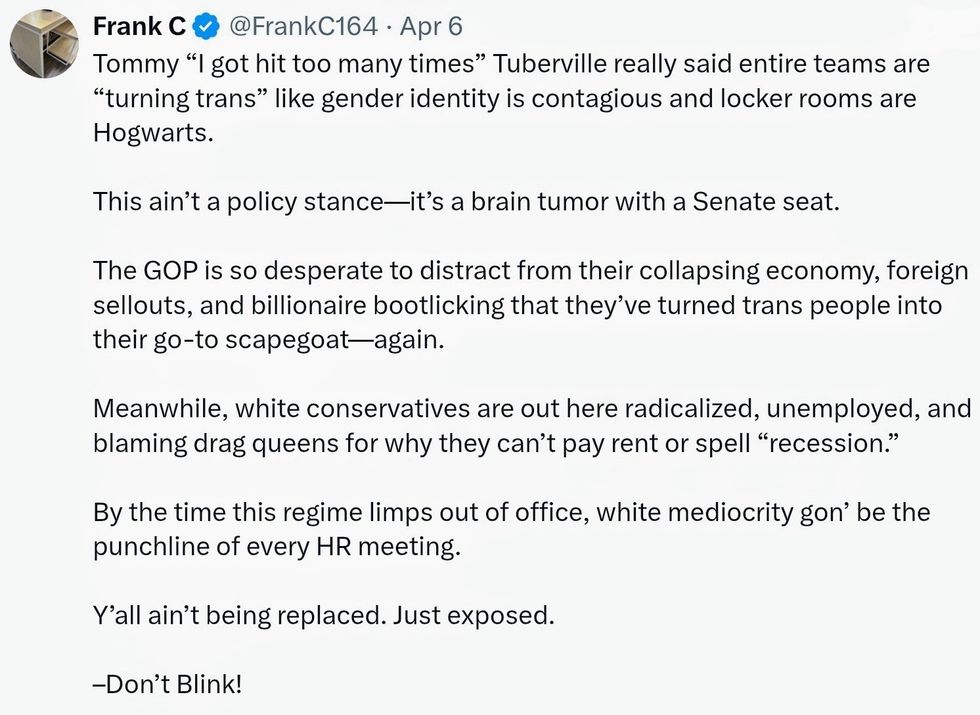The County of Los Angeles, California—the most populous county in the United States with over 9.5 million residents located in cities like Malibu, Palisades, Beverly Hills, and Los Angeles—has been experiencing a week of devastating wildfires.
In addition to battling the fires, LA County and the state of California find themselves facing massive disinformation campaigns from right-wing media, conservative pundits, well-known conspiracy theorists, and Republican leaders to push their political agenda steeped in patriarchy, White supremacy, and Christian nationalism.
International news media featured headlines like The Guardian's:
"US right wing fans misinformation fires as firefighters battle Los Angeles blazes"
"A similar campaign of rumors and lies was seen after the North Carolina hurricane, with DEI a primary target"
The efforts are so dangerous and pervasive, California Democratic Governor Gavin Newsom was forced to establish The California Fire Facts webpage to help people access real, substantiated facts and accurate, up-to-date information.

One spreader of that disinformation is X (f.k.a. Twitter) owner and CEO Elon Musk, who has used his social media platform to amplify his worldview—which includes climate change denial and other conspiracy theories and misinformation.
But on Sunday, Governor Newsom used X to share a Musk livestream encounter with a fire command team member who countered a favored wildfire lie being spread by right-wingers—namely that L.A. County created a water shortage through mismanagement before the fires started.
Governor Newsom captioned the video, while tagging Musk:
"[Elon Musk] exposed by firefighters for his own lies."
You can see the video here:
Musk is seen speaking to a fire command team member about the Palisades Fire, asserting the coastal L.A. County neighborhood ran out of water.
Musk stated:
"In the Palisades, there was a shortage of water at a certain point, or is that not accurate?"
But he was corrected when the unidentified firefighter responded:
"There was water, we have water reservoirs."
He then explained the difference between water volume and pressure. More fires equates to less water pressure per fire, regardless of the volume of available water.
Dumbing it down for Musk, the firefighter replied:
"Just an example, if we have one building burning, we can flow 1,000 gallons [3,785 liters] a minute on that one building."
But no water system currently in use to fight fires can sustain that pace across a massive conflagration with multiple individual fires.
He added:
"The amount of water we’re flowing, there really is no water system that’s gonna keep that pace, so we have to bring in water tenders, which are these big water tanks, you know, 2,500- to 3,000-gallon trucks, and they’ll come in, and that’s what we have to do to compensate."
Water tanker trucks brought in by the Los Angeles Department of Water and Power helped firefighters as mobile fire hydrants independent of the overtaxed main water system while helicopters and tanker planes—including some brought by Canadian firefighting forces—dropped ocean water.
But these added water sources were not deployed because of a water reservoir shortage caused by L.A. County Fire Department or California government incompetence—as Musk and others continue to claim. The supplemental water was needed because of the number and scope of the wildfires.
After the exchange failed to lay blame where Musk wanted, he stopped the recording.
Others are also using social media to push back against right-wing disinformation.
People called out Musk directly for his part in pushing an anti-women, anti-LGBTQ+, anti-climate change reality agenda.
Pacific Institute—a California research organization focused on water—co-founder Peter Gleick told The New York Times that Southern California reservoir levels are actually above normal for this time of year.
Gleick stated:
"There’s no water shortage."
"The real issue is that urban water systems are not built or designed to fight massive, urban wildfires."
Perhaps Musk and other self-proclaimed experts could turn their energy toward developing higher-capacity urban water systems to address the wildfires that climate change will inevitably continue to bring globally.








 @PreetBharara/X
@PreetBharara/X @RepBrendanBoyle/X
@RepBrendanBoyle/X @twesq/Bluesky
@twesq/Bluesky @christopherharris/Bluesky
@christopherharris/Bluesky @evangelinewarren/X
@evangelinewarren/X






 @FrankC164/X
@FrankC164/X
 AMC
AMC